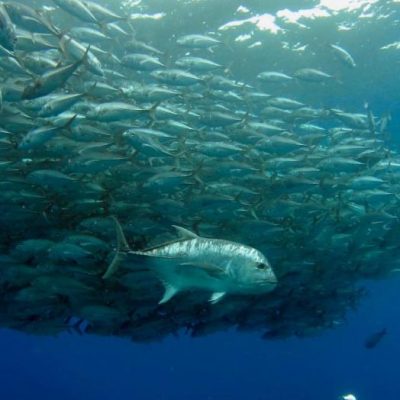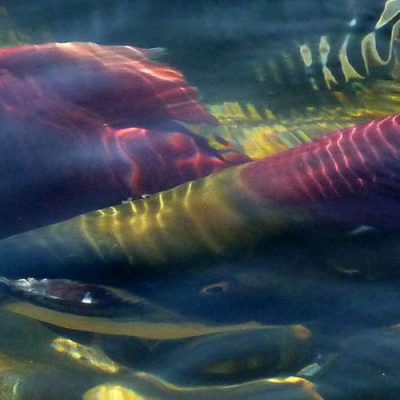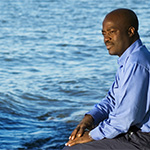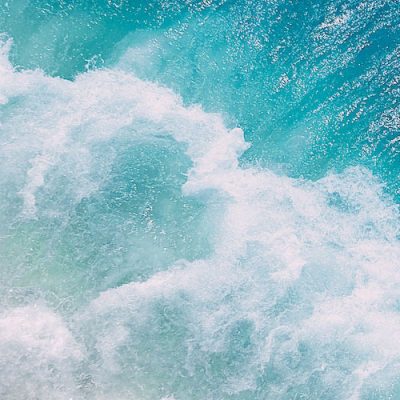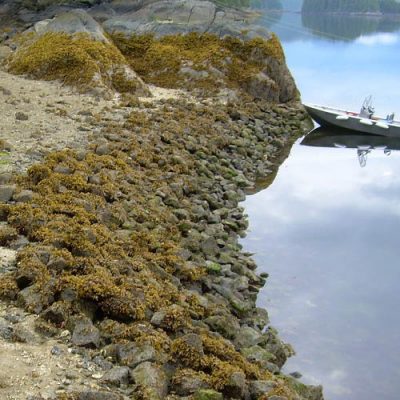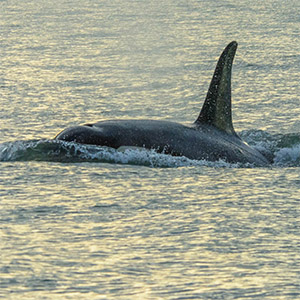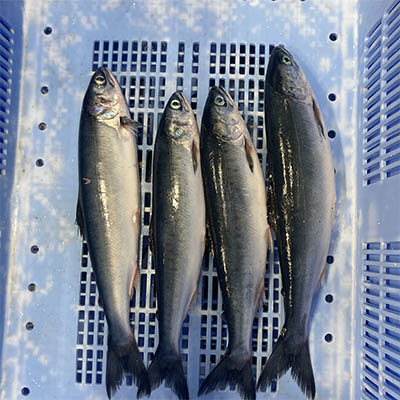Global fish stocks can’t rebuild if nothing done to halt climate change and overfishing, new study suggests
“We are at a turning point. What we need is a coordinated global effort to develop practical and equitable marine conservation measures to support effective biomass rebuilding under climate change,” said Dr. William Cheung
BC is facing a steep decline in sockeye salmon
The sockeye population has been in decline for a century – since 1913, returns in the Skeena River have dropped by 75% – and while there are many factors at play, says Dr. William Cheung, “climate change is definitely one of them.”
B.C. ocean’s worth of almost $5 billion to GDP likely an underestimate
The ocean is very valuable to B.C., in terms of GDP, jobs, and income.
“Heading for failure” UN Sustainable development goal for world oceans
New research examined the progress of the UN’s “Sustainable Development Goal (SDG) 14: Life Below Water”, and more than 70% of countries have not achieved a single target so far.
Local stakeholder involvement key to understanding protection level of MPAs
Knowledge provided by local non-governmental organizations, academics, civil servants, journalists, and fishers can be valuable for evaluating the effectiveness of countries’ marine protected areas.
Clues from decades-old studies shed light on Newfoundland and Labrador’s cod crisis
Efforts to rebuild the stock should be focused all along Newfoundland and Labrador’s coast, not just in the south, says Dr. George Rose.
New sea garden story map showcases Indigenous mariculture practices across the Pacific
The living map synthesizes information about ancestral mariculture across the Pacific Ocean and describes the work that a number of communities are undertaking to reawaken diverse sea gardens.
Decoding the secret lives of killer whales one micro-second at a time
Using methods to detect when the animals are catching prey and to model their energy expenditure will be key to understanding the differences between these neighbouring whale populations.
Expect to see more squid and less sockeye salmon on “climate changed” menus
Vancouver seafood lovers may see more Humboldt squid but less sockeye salmon on restaurant menus in the near future due to climate change.
International Year of the Salmon Expedition helps IOF researchers map North Pacific food webs
For scientists in the IOF’s Pelagic Ecosystems Lab, the trip represents a chance to trace the outline of North Pacific food webs, in which salmon play a central role as both predator and prey.
